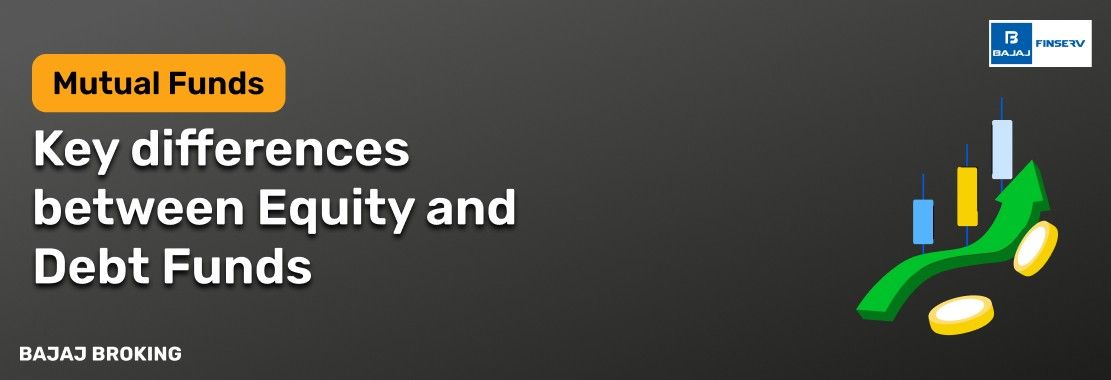Isn't it a bit of a mouthful? "Mortgage-backed security. " It sounds like something that came straight out of a thick financial textbook. But the principle underlying it is more common than you would imagine.
A Mortgage-Backed Security (MBS) is all about change at its heart. It changes something that is hard to buy or sell, like a person's house loan, into something you can. Think about how thousands of different house loans, each with its own monthly payment, may be put together into one big financial product. That group of things is what makes up a mortgage-backed security.
You may think of it as a fruit basket for money. You don't buy each apple, orange, and banana separately. Instead, you buy a single basket that has a mix of each. When someone buys an MBS, they aren't just buying one mortgage; they're getting a piece of a big pool of numerous mortgages.
What is Mortgage-Backed Security?
Let's go a bit deeper. When you or someone you know takes out a house loan, you commit to paying it back to the bank with interest, generally in monthly installments. The bank owns the loan, but it can't sell it right away. It's not easy for the bank to sell your debt to someone else. It has to wait for its money to be returned, which might take 20 to 30 years.
This is where the process of securitisation starts. A bank or a housing finance firm may take a lot of these individual house loans off their books, put them together into a pool, and then sell that pool to another bank. This organisation then issues a new sort of bond that is "backed" by the cash flows from these underlying mortgages. Mortgage-backed securities are a new type of investment. When investors acquire an MBS, they are basically buying the right to get the original homeowners' principal and interest payments.
How Do Mortgage-Backed Securities Work?
There are several steps involved in turning a conventional home loan into a tradable security. It may seem hard, but let's follow the money's journey.
You, the customer, are the one who starts it all. You take out a loan from a bank for, say, ₹50 lakh to buy a flat. You agree to pay a monthly EMI for 20 years.
Your lender, the bank, now has your loan on its records. But it might not want to wait that long. It needs new money to make additional loans. So, it makes the choice to sell your debt. It puts your loan and thousands of other comparable home loans into one big portfolio.
Then, this portfolio is sold to a specific company, which is usually an investment bank. This organisation, called an issuer or a Special Purpose Vehicle (SPV), was formed expressly for this job. It gives the original bank a single payment for all of the loans. The bank is thrilled since it got its money up front and can now lend it out again.
The issuer now has the right to all of the EMI payments that will come in from these thousands of loans. It splits the big pool into smaller, regular units to get the money it needs to acquire the loans. These units are mortgage-backed securities, which the company subsequently sells to stock market investors.
These securities are bought by investors, who might be mutual funds, insurance firms, or other big corporations. Why? Because they think they will always have money coming in. Every month, thousands of homeowners pay their EMIs on time. That money goes from them, through the system, and into the coffers of the MBS investors as principal and interest payments. It's a way to link the homeowner's monthly payment to the global financial markets right away.
Types of Mortgage-Backed Securities
Not all MBS are the same. They are set up in different ways to meet the demands of different investors. The most common varieties you'll see are:
Pass-through securities: This is the most basic type. The investors get all the principal and interest payments from the pool of mortgages, less a nominal charge for servicing the loans. The cash flow is straightforward, but it can also be hard to foresee if homeowners pay off their loans early.
Collateralised Mortgage Obligations (CMOs): These are harder to understand. There are distinct parts of the mortgage pool, called "tranches". Each tranche has a distinct amount of risk and a different order in which payments should be made. This lets investors pick a piece that meets their level of risk.
Advantages of Investing in Mortgage-Backed Securities
From an investor's point of view, MBS have certain possible benefits. They let you put money into the real estate market without having to acquire property. The main draw is the chance to get a steady, predictable income from the monthly payments of thousands of homeowners.
The danger is spread out since they are backed by a lot of mortgages. If a few homeowners in the pool don't pay back their loans, the investor's earnings are less affected, as is commonly spoken about in financial magazines like Mint or The Economic Times. This variety is an important part. They can occasionally give a bigger return than certain other types of investments, but this is because they come with their own set of hazards.
Risks Associated with Mortgage-Backed Securities
Of course, every investment has some risk. The main risk that is particular to MBS is prepayment risk. Many homeowners would choose to refinance their loans at the new, cheaper rate if interest rates in the economy go down. This implies they pay off their first debt early. This isn't good news for the MBS investor. They get their principal back sooner than they thought, but they don't get the interest payments they were banking on in the future. They now have to put their money back into something else, which might provide them a lesser return.
Extension risk is the reverse of this. Homeowners are less likely to pay off their debts early if interest rates go up. The investor's money stays in the MBS longer than they thought it would, so they can't reinvest it at the new, higher rates. And, of course, there is always the possibility of default, which means that homeowners would not be able to make their payments, which would mean losses for the investors.
Key Players in the Mortgage-Backed Securities Market
There are a number of parties involved in the formation and existence of an MBS:
Homeowners: Homeowners are the people and families who first get the mortgages.
Lenders: Lenders are the banks and housing finance companies (HFCs) that provide the loans.
Issuers/SPVs: The banks that acquire the loans, put them together, and sell the securities.
Investors: Investors are the people and organisations that acquire mortgage-backed securities.
Additional Read: What is Mortgage Bond in Finance?
How to Invest in Mortgage-Backed Securities?
It's not customary for regular Indian investors to acquire an individual MBS directly. Big institutional players are in charge of the market. But there are a few indirect ways:
Debt mutual funds: Some debt mutual fund schemes put some of their money into high-quality MBS or other comparable securitised debt securities. This is the most common technique for a person to acquire exposure.
Exchange-Traded Funds (ETFs): Bond ETFs are a type of exchange-traded fund that may contain a group of fixed-income assets, which can include MBS.
Conclusion
Mortgage-backed securities are a complicated but important feature of the financial system today. They are a strong way to get money into the economy by letting banks shift loans off their books and free up cash for additional business. They turn thousands of modest, personal promises into one big, tradable asset class. They are a unique method to get a taste of the revenue streams in the real estate market, but they also come with their own set of hazards, mostly related to how homeowners act and how interest rates move. To comprehend them, you need to grasp a vital part of the system that connects our houses to the world of banking.





